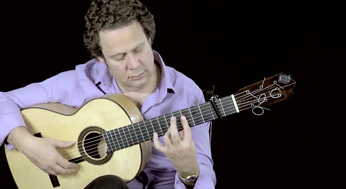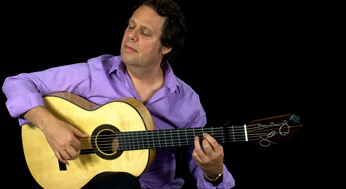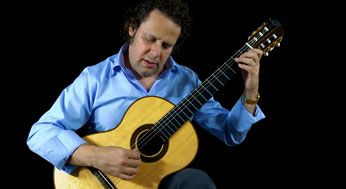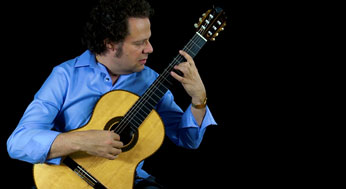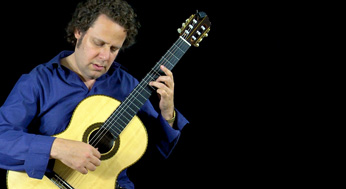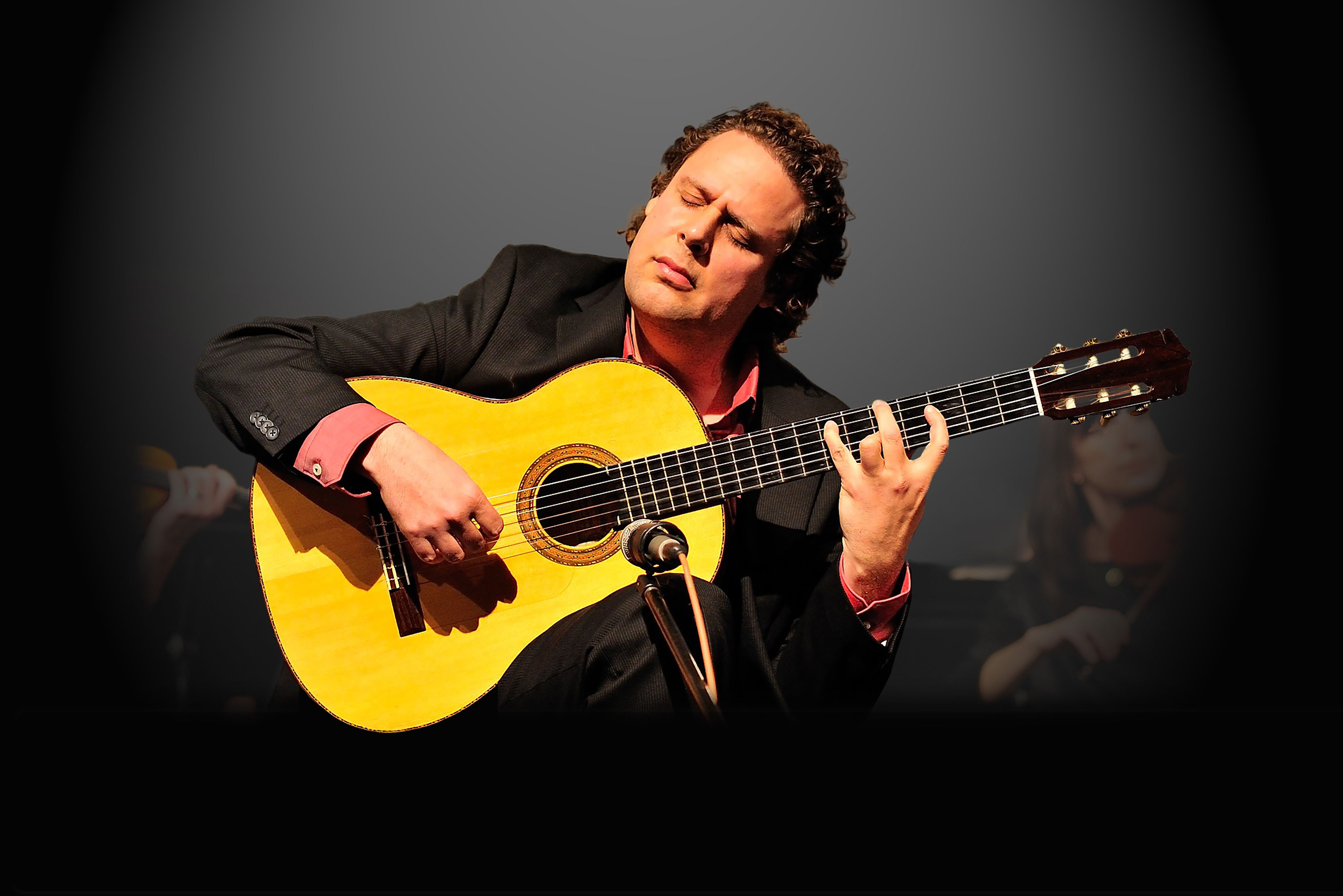
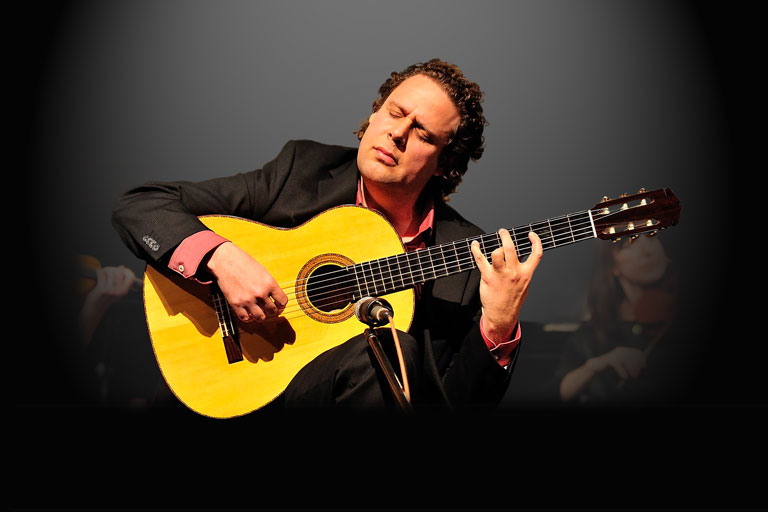
Adam del MonteFlamenco Guitar & Classical Guitar
Adam del Monte is one of the leading flamenco and classical guitarists and composers of his generation.
He was born in Israel but grew up in The Netherlands, Spain, Germany and England several times over. He was immersed in a family culture where music and art were the order of the day. His exposure to a diverse variety of musical styles ranging from flamenco, classical, jazz, blues, Indian etc., were the cornerstone of his upbringing.
In his early childhood, he grew up in the caves of Sacromonte among the gypsies in Granada, Spain learning the art of flamenco the traditionally way of being passed on orally and was fortuitous to learn from some of the true maestros of Spain: Pepe Habichuela, Paco Cortes and Gerardo Nuñez.
In conjunction with his unconventional upbringing, Adam also received a traditional and academic classical music education attending the Chethams School of Music and the Royal Northern College of Music both in Manchester England. The result of such a broad learning experience lead to Adam becoming a bridge between diverse cultures and methods of learning and has made it his life's mission to fully express himself in the genres of flamenco and classical guitar radically transcending labeling and convention.
In his 20s, while living in Spain, he taught flamenco at a private Jazz school in Madrid The Taller de Musicos which would become the precursor to his teaching position at the Studio Jazz Guitar Department at the Thornton School of Music at the University of Southern California were he has been teaching for the last 20 years.
The culmination of years of study from eclectic sources has led Adam to writing two flamenco guitar concerti and the first of its kind, a flamenco opera titled Llantos, where he has combined his musical knowledge of flamenco and classical music making an indelible mark in the flamenco and classical guitar world and rightfully earning the distinguished title of Maestro.
Younger Generation Influence:
Del Monte was both influenced by and inspired the younger generation of flamenco performers who were beginning to depart from the previous virtual space of Spanish flamenco. Del Monte, too, set out in new directions, integrating years of traditional and leading–edge flamenco training as well as expanding his musicianship on the classical guitar. An eclectic awareness of jazz, world music and other contemporary forms led to new and creative renditions of flamenco repertoire.
He has been commissioned by the LA Guitar Quartet to compose a 'progressive' flamenco piece entitled Cambio de Aire. He has collaborated with Yusef Lateef and the Atlanta Symphony at the National Black Arts Festival in Atlanta GA.
His flamenco debut CD on the Spanish label Sonifolk (1998), entitled Viaje a Un Nuevo Mundo-Journey to a New World-was most favorably reviewed by Spain's most acclaimed flamenco critic Angel Alvarez Caballero as well as Miguel Mora of El Pais and Alfredo Grimaldos of El Mundo.
Other discographies include a Mel Bay Artist Video Series, a classical and flamenco recital, and a GSP classical CD entitled Ezordio. In 1998, Adam performed in Spain on the TV program Algo mas que Flamenco with Lole Montoya. He has composed a flamenco guitar concerto Ensueño Flamenco for the guitar and orchestra which he premiered in Boston with the BMOP Boston Modern Orchestra Project) in Jordan Hall, conducted by Gil Rose. In 1999 he returned to Granada to perform in the oldest Peña Flamenca, La Plateria, as well as a tour in Switzerland with singer Curro Fernandez.
Since 2000, del Monte has been on the studio guitar department faculty at the University of Southern California in Los Angeles, where he teaches flamenco and classical guitar.
Adam del Monte plays guitars by Altamira and Erez Perelman.


 Beginner
Beginner 

 Advanced Beginner
Advanced Beginner 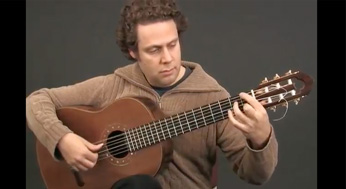
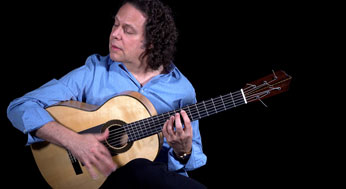
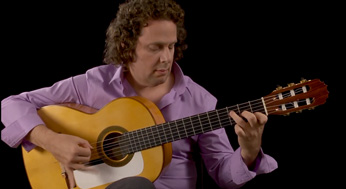
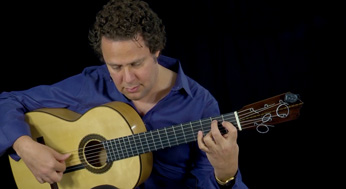
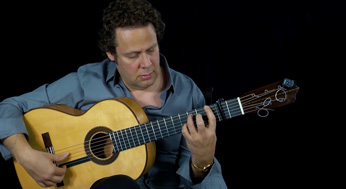

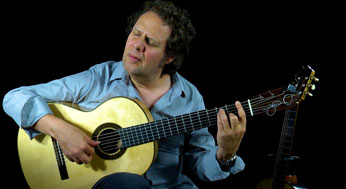
 Intermediate
Intermediate 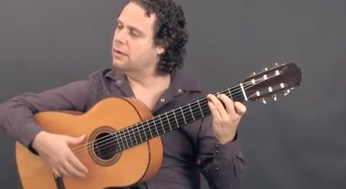
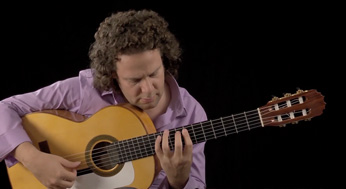
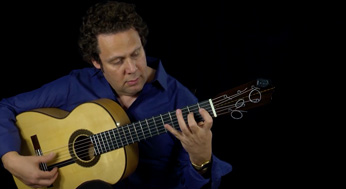
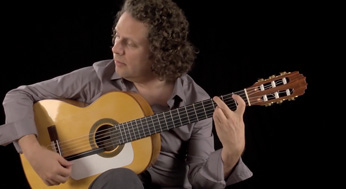

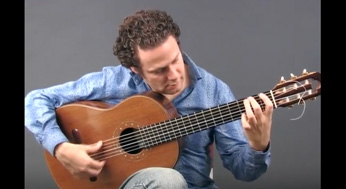
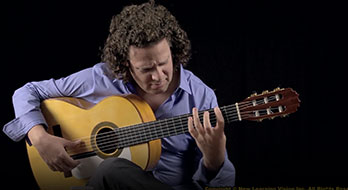
 Advanced
Advanced 